Never miss an offer or update. You can unsubscribe at any time.
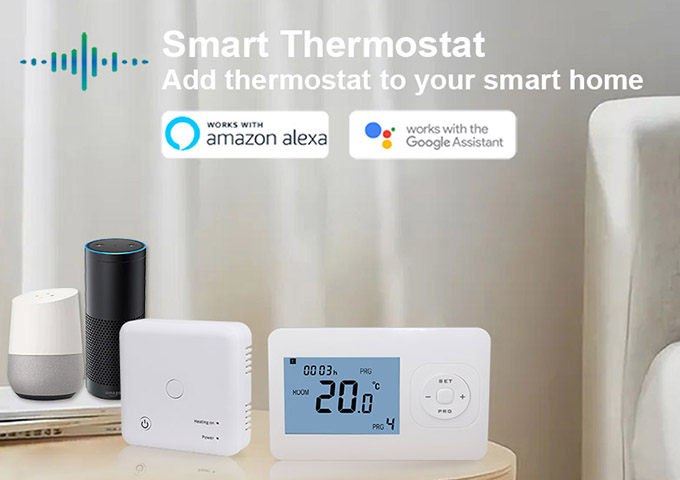 Take you to indeed understand the room thermostat
Take you to indeed understand the room thermostat
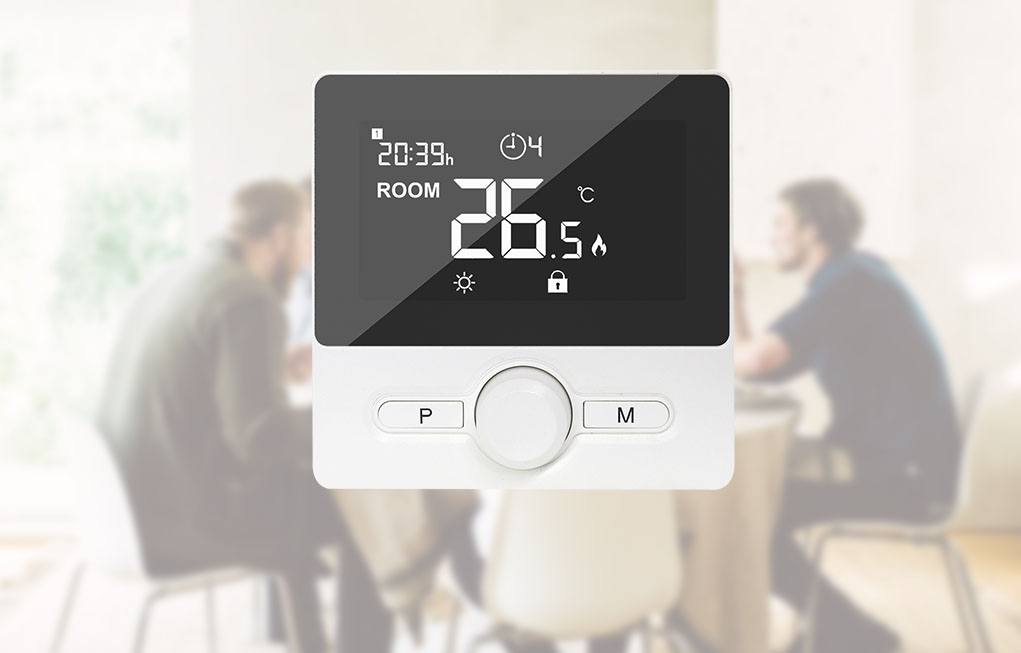 Functions of the room thermostat
Functions of the room thermostat
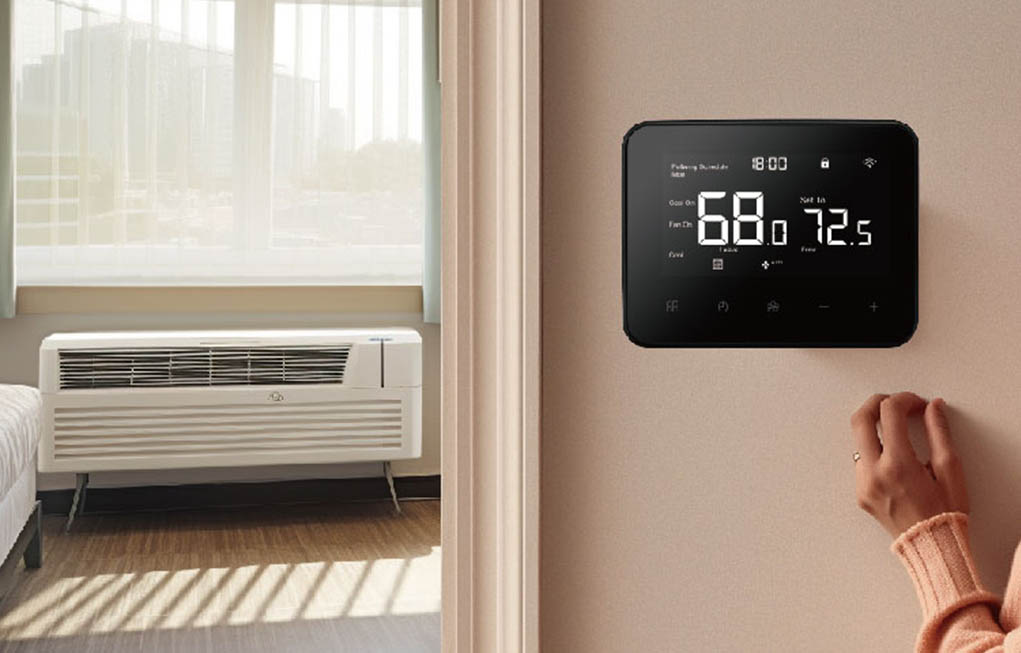 How to Choose a Universal PTAC Thermostat?
How to Choose a Universal PTAC Thermostat?
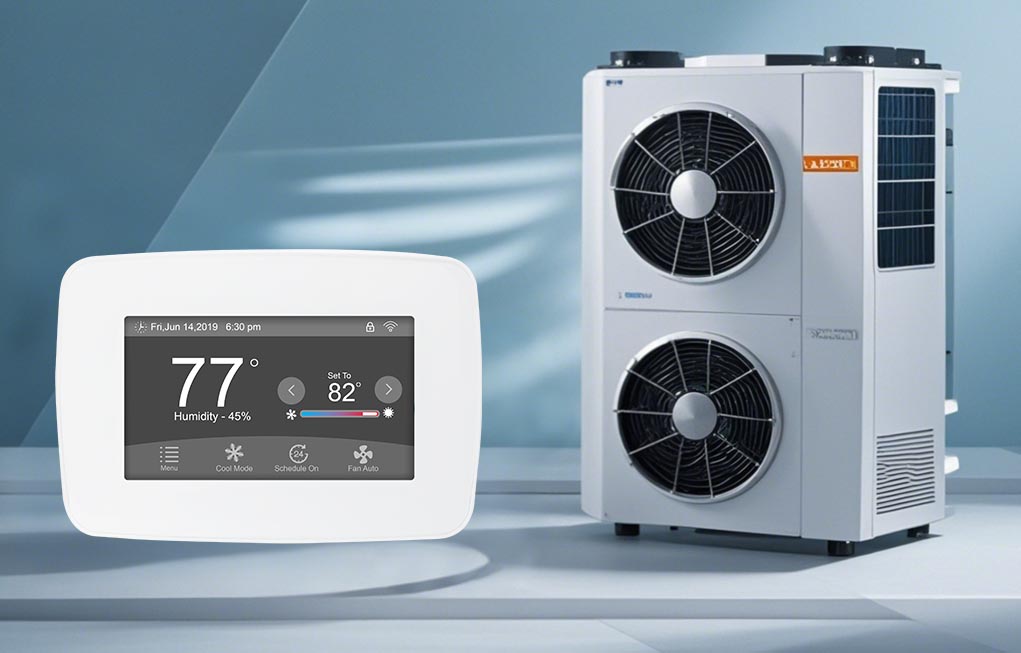 How to choose the Right Thermostat for Your Heat Pump
How to choose the Right Thermostat for Your Heat Pump
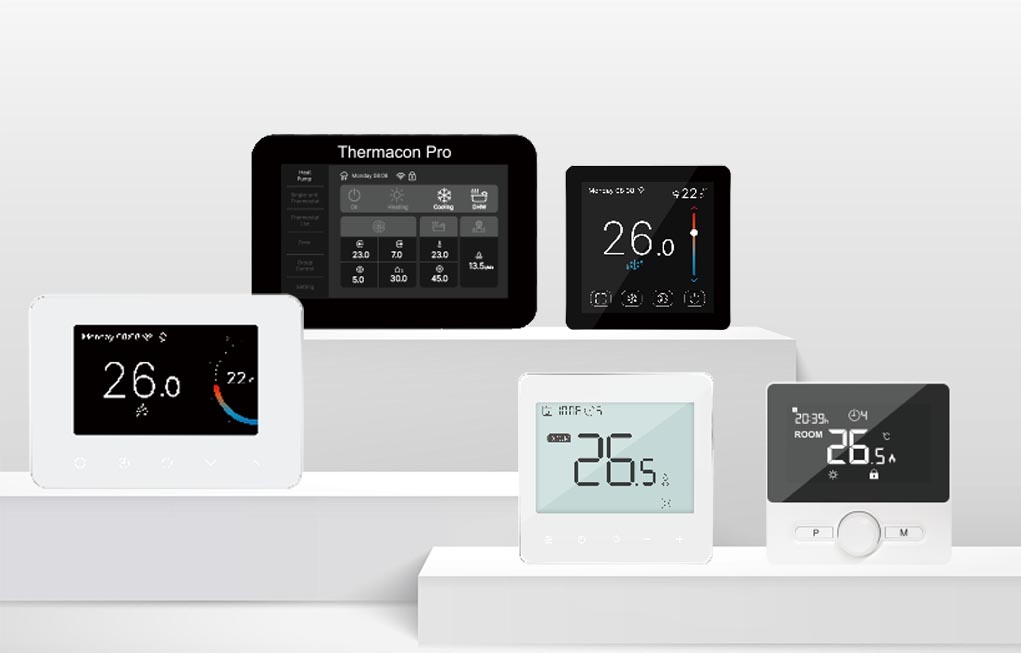 When to Replace Your Thermostat
When to Replace Your Thermostat
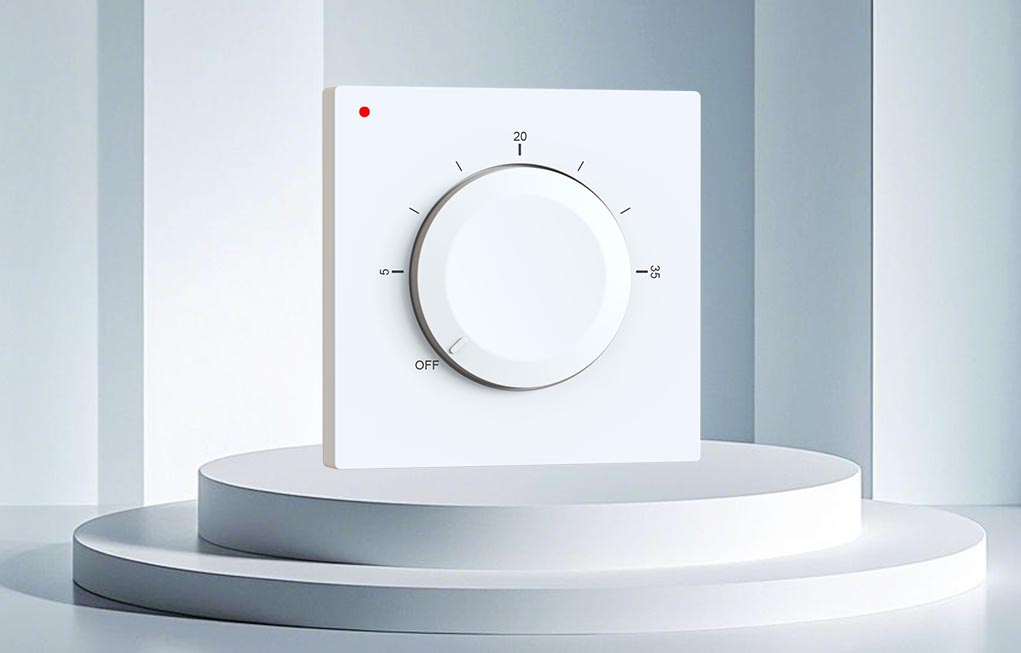 Difference Between a Mechanical and Electronic Thermostat?
Difference Between a Mechanical and Electronic Thermostat?
 Address:No.6 of Tong'an Industrial Park, Meixi Rd,Tong'an District, Xiamen China 361100
Address:No.6 of Tong'an Industrial Park, Meixi Rd,Tong'an District, Xiamen China 361100 Phone:+86 0592 6155792
Phone:+86 0592 6155792 Email:info@etopcontrols.com
Email:info@etopcontrols.comNever miss an offer or update. You can unsubscribe at any time.

